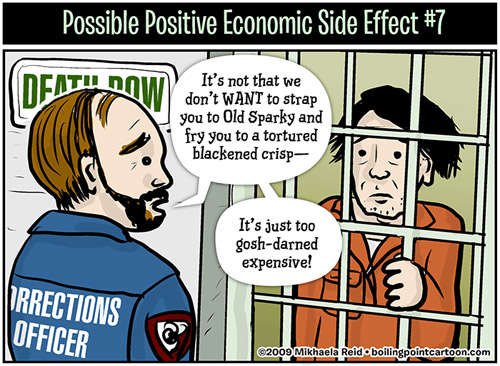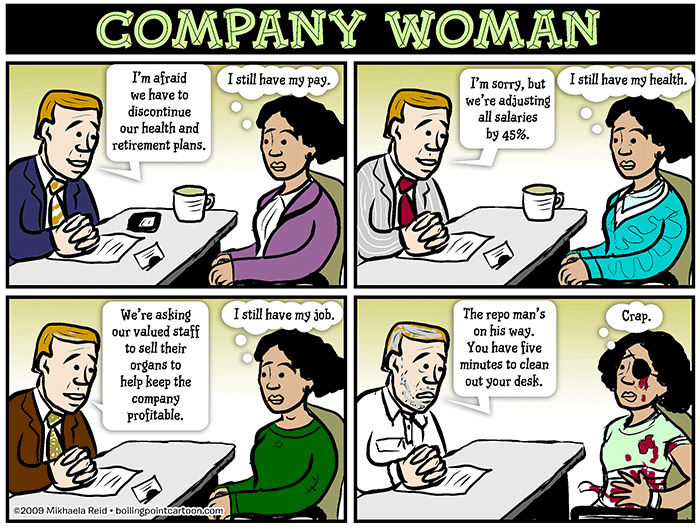
- Follow us on Twitter: @inthefray
- Comment on stories or like us on Facebook
- Subscribe to our free email newsletter
- Send us your writing, photography, or artwork
- Republish our Creative Commons-licensed content










Education level is one of the best predictors of quality of life around the world. Education level is tied to health, income, crime, and global equality. Globally, 85 percent of primary-school-age children attend school, not far from the goal of universal primary education. The most work remains in Sub-Saharan Africa, where 18 of the 20 countries with the highest share of children out of school are located. Still, the United Nations Development Programme (UNDP) estimates that this goal can be reached by 2015, an optimistic and encouraging assessment.
In this issue, we’ve taken a look at teaching and learning in several of its different forms. We start with Suzanne Farrell’s piece exploring the difficulty teachers face in keeping children politically correct, called The Indian in the classroom. We hear about Colette Coleman’s experiences as a teacher in urban Los Angeles and at an international school in Yogyakarta, Indonesia in From the inner city to Indonesia. In Teenage bohemia, Kaitlin Bell visits with the families of several New York children who are homeschooled in the fashion of the burgeoning unschooled movement.
As Kaitlin’s piece touches on, there are many teachers and learning experiences that exist outside the traditional educational system. In Approaching autism, Jennifer Leahy introduces us to Cain, a golden retriever who works as a service dog for three boys with autism, teaching them what he knows about keeping calm in the face of a confusing world. Kimberlee Soo tells us the story of a woman who learns something unexpected on the el in Beakman. Finally, we meet Paola, a displaced Colombian woman who teaches an outsider about her adoptive home of Máncora, Peru, in Amy Smart’s piece Displacement.
While every student needs a teacher, the opposite is true as well. It is up to each of us to ensure that we are ready to learn, attuned to those around us who may instruct us in the ways of this world.
Thank you to all of you who donated to our recently concluded donor drive! Each of you was generous enough to keep us publishing for another year. Just like NPR, PBS, ProPublica, and every other nonprofit media organization, we owe our existence to our readers. Thanks for your support!
Aaron Richner I am a writer/editor turned web developer. I've served as both Editor-in-chief and Technical Developer of In The Fray Magazine over the past 5 years. I am gainfully employed, writing, editing and developing on the web for a small private college in Duluth, MN. I enjoy both silence and heavy metal, John Milton and Stephen King, sunrise and sunset. Like all of us, I contain multitudes.
[ Click here to view the visual essay ]
The Bernstein family schedules their week around hockey practice, Hebrew school, gymnastics, basketball, and trips to Target. Parents Cindy and Gregg work in tandem to ensure daily routines run as planned for their three young sons and golden retriever, Cain. But Cain isn’t your average house dog; the Bernstein’s sons — Gage, six, Cooper, four, and Reilly, three — have all been diagnosed with autism, and Cain is the service dog they adopted in April of 2008 to help the boys navigate the world around them.
Cain spent 15 months in training that has prepared him to work with children with autism spectrum disorders (ASDs), a set of developmental disabilities characterized by difficulties in social interaction, communication, and unusual or repetitive behaviors. ASDs can impact all aspects of life and vary from person to person. Connecting with others and reading social cues and body language is often difficult, and the development of verbal abilities may be delayed. Everyday sensory experiences (such as eating foods with different textures or getting a haircut) can be overwhelming, while other sensory inputs (such as deep pressure contact) might have a calming effect.
The relationship between a child and his service dog is unique and takes time to develop. Cain works mainly with Cooper and provides a sense of constancy as he accompanies Cooper throughout the day. Cain was trained to remain near Cooper when the boy’s behavior and stress level escalates.
“You can tell that Cain knows he’s here for Cooper,” says Gregg. “When [Cain] has his working vest on, he knows the deal.”
Autism service dogs also assist with social skills and communication. When other children have questions about Cain, the Bernsteins direct them to Cooper, encouraging their son to interact.
Adopting Cain was just one of the ways the Bernsteins work to provide services for their three sons. By the time each boy was two years old, they were all attending the Margaret Murphy Center, where they receive specialized education and support (Gage has since transitioned to public school). Additionally, Cindy and Gregg coordinate in-home therapy, and they use tools to help their sons navigate everyday social interactions and learn to express themselves appropriately. Regular team meetings with teachers, case managers, occupational therapists, and other professionals keep everyone up-to-date with the boys’ struggles and achievements.